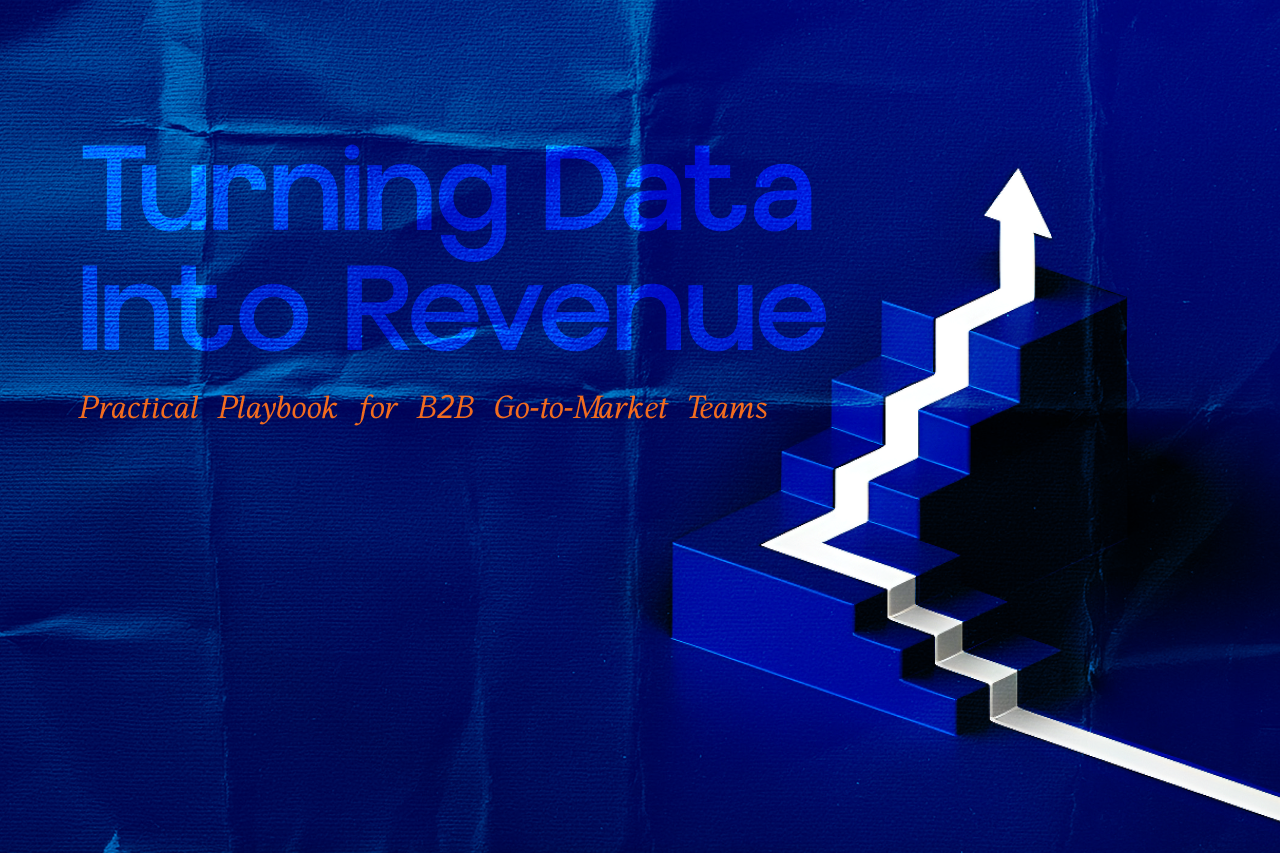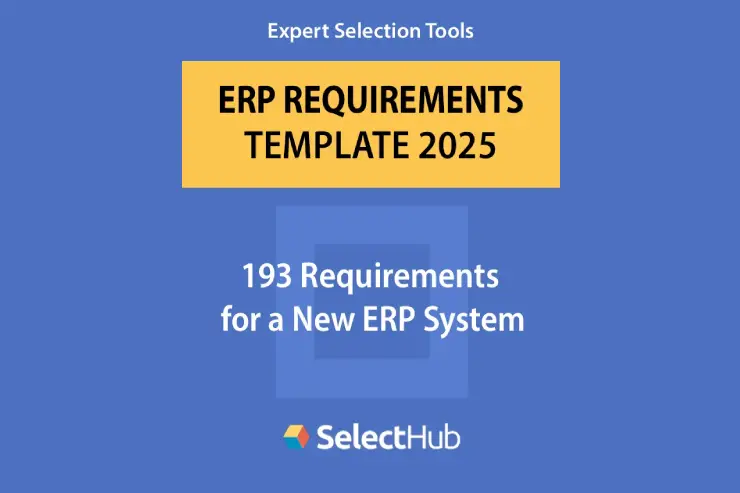
Turning Data Into Revenue : My Practical Playbook for B2B Go-to-Market Teams
I’ve seen it too often: a team with dozens of dashboards, charts, and reports… yet revenue doesn’t move (anywhere). That’s because data by itself isn’t magic. You need to tie it directly to outcomes and turn insights into action.Here’s how I approach it with B2B GTM teams — a simple, practical playbook you can start applying today. Dashboards Without Decisions Dashboards are great… until they aren’t. Most teams check them once a week, maybe once a month, and then forget about the insights. If your analytics aren’t directly influencing marketing spend, SDR outreach, or product adoption, they’re just nice-to-have visuals.I always tell my teams: don’t chase charts, chase decisions. My 5-Step GTM Analytics Playbook 1) Start with outcomes, not metricsInstead of obsessing over vanity metrics, pick one or two revenue-driven goals for the quarter. Examples: Shorten the sales cycle by 20% for mid-market deals. Increase webinar-to-demo conversions by 50%. Once you have outcomes, map every activity — content, campaigns, product trials — to see what truly does the job. 2) Unite your data sourcesYou don’t need a full-blown data platform on day one. Start by combining: leads, webinar interactions, CRM stages, trial usage, and paid campaigns. Even a simple spreadsheet or database join can reveal patterns you’ve been missing. 3) Ask the right questionsPick three operational questions your team can act on immediately: Which lead sources actually convert to sales in under 30 days? Which webinar attendees are most likely to request a demo? Which product behaviors predict a high-value meeting? Answering these questions quickly — ideally within 48 hours of a campaign — is what separates insight from inertia. 4) Turn insights into playbooks, not reportsEvery insight should lead to a clear action. For example: If webinar attendees who visit the pricing page within 48 hours convert three times faster, your playbook might be: SDRs follow up immediately, tailored assets go out, and accounts are prioritized for senior reps. One page, clear owner, measurable result — that’s it. 5) Measure, iterate, and automateSet short feedback loops. Two-week sprints for experiments. Monthly KPI reviews. Quarterly “should we scale this?” meetings. Automate repetitive tasks only after you see proven results — routing rules, account scoring, and lookalike audiences. Quick 30-Day Tactical Checklist Here’s what you can start doing this month: Map all lead touchpoints in your CRM. Track product events that indicate intent (demo requests, pricing page views). Build dashboards for daily SDR insights and weekly leadership reviews. Run one controlled experiment with clear KPIs and document it in a playbook. How This Plays Out: A Webinar Example Goal: Increase webinar-to-demo conversions by 50%. Actions I’d take: Enrich registrant data with firmographic info. SDRs follow up immediately with attendees who viewed pricing content. Push lookalike audiences for paid campaigns. Then measure: Are demo bookings increasing? Is the MQL-to-SQL velocity improving? If yes, scale. If not, tweak and repeat. Quick Takeaways from my long talk… Analytics isn’t about dashboards; it’s about decisions. If it doesn’t influence action, it’s just noise. Start small, act fast. Unify essential data, instrument a few high-impact signals, and turn insights into one repeatable playbook. Automate only when results are proven. Nothing kills experimentation faster than premature automation. My last piece of advice: Always judge your analytics by the revenue it helps generate, not the charts it produces. That’s the mindset that separates teams that report data from teams that drive growth. Adios~


